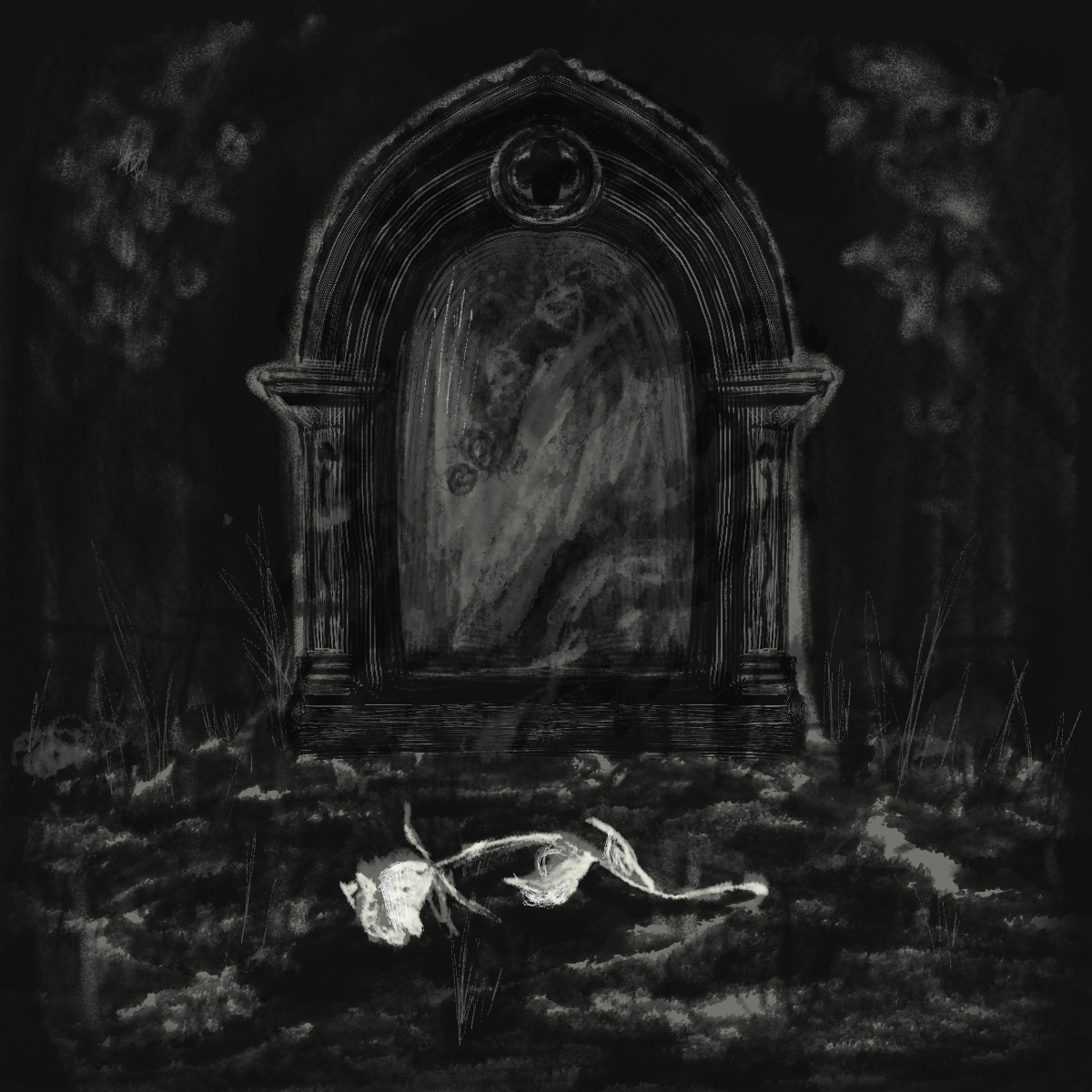What Is Gothic Literature?
By Bella Pipke
Gothic literature is a beloved literary genre that has been in the literary canon for centuries. This dark and twisted, cherished genre has gone on to inspire countless movie and television productions, as well as iconic elements in our pop cultural zeitgeist. But how did the widely-regarded genre come into fruition and leave the legacy that it has today?
The Father of Gothic Literature
Gothic literature came to life in 1764 through The Castle of Otranto: A Gothic Story, a story written by Horace Walpole, an English Whig parliament member and writer. This story was inspired by a nightmare he had, and was originally written as a joke. The story tells of a young suitor, Conrad, who is crushed to death by a gigantic helmet while on his way to marry Princess Isabella (TSITP reference?). The title of this story was the first use of “gothic” as a literary term, cementing Walpole as the Father of Gothic Literature. “Gothic” and “goth” both had extremely negative connotations to them, as they were used to describe Germanic tribes who were thought to be barbarous savages. The word “gothic” became synonymous with that which is chaotic, unenlightened, and of the medieval age. This is quite fitting since gothic literature explores the dark and depraved parts of the human psyche— things that are thought of as taboo and unpleasant in polite society are brought to the surface in this genre.
Historians do not fully know why Walpole decided to title his work as gothic. Most commonly it is thought that Walpole chose to call his work a gothic story since it incorporated medievalism and terror, elements thought to be absent from an enlightened world that are the core of the story and its tragedy. Nevertheless, from the moment of its conception, Walpole inspired a new literary movement which has been beloved across time.
Mother of Gothic Literature
Ann Radcliffe was deemed the Mother of Gothic Literature due to her heavy influence on the genre and her most popular book, The Mysteries of Udolpho which was published in 1794. This novel tells the story of Emily St. Aubert, who faces the death of her parents and supernatural horrors in a gloomy, dreary castle. This novel is considered an example of the traditional gothic archetype. Gothic literature normally deals with motifs such as haunted manors and castles, foggy moors, vampires, werewolves, and other monsters, brooding villains, damsels in distress and many more.
Radcliff’s original works were thought to be “romantic” and only for women, but her literary career took off after The Mysteries of Udolpho. She was able to be paid three times her husband, which is quite the feat of a woman of her time. Because of her compelling writing and thought-provoking themes, she went on to inspire many other renowned female gothic literature writers.
Gothic Literature and Feminism
One could argue that gothic literature and feminism go together hand in hand. The world of gothic literature is full of countless excellent female writers who have a left a legacy on the genre, such as Mrs. Radcliff, Mary Shelley, Jane Austen, Emily Brontë, Charlotte Brontë, Daphne du Maurier, and Shirley Jackson— just to name a few. Many of the themes of gothic literature relate to feelings and experiences of those deemed as outcasts and judged by society. Monsters are viewed as such because they do not fit the societal expectations of their time, and are prosecuted for being different, much like how women were expected to fit very strict societal standards.
In Le Fanu’s Carmilla and Stoker’s Dracula, vampires are seen as seductive adulteresses who face brutal deaths after tainting the innocence and purity that women are supposed to have. This relates to the Victorian idea of the “Angel in the House” which is a perfect subservient and gentle woman, who rejects her sexuality and is chaste above all else. Frankenstein has endless interpretations, and in some makes the case that the Monster and Victor’s Frankenstein’s reflects the relationship that Mary Shelley had with her father. He wanted to be a creator of life, but rejected Shelley because she was born a daughter, not a son.
What makes gothic literature so special is that it explores what many are scared to talk about in fear of being looked down upon and judged. Filled with monsters, ghouls, and more, lovers of gothic literature value its eerie atmosphere, but also how the books in this genre handle feelings that are real and raw, shared across centuries and cultures of the human experience.
